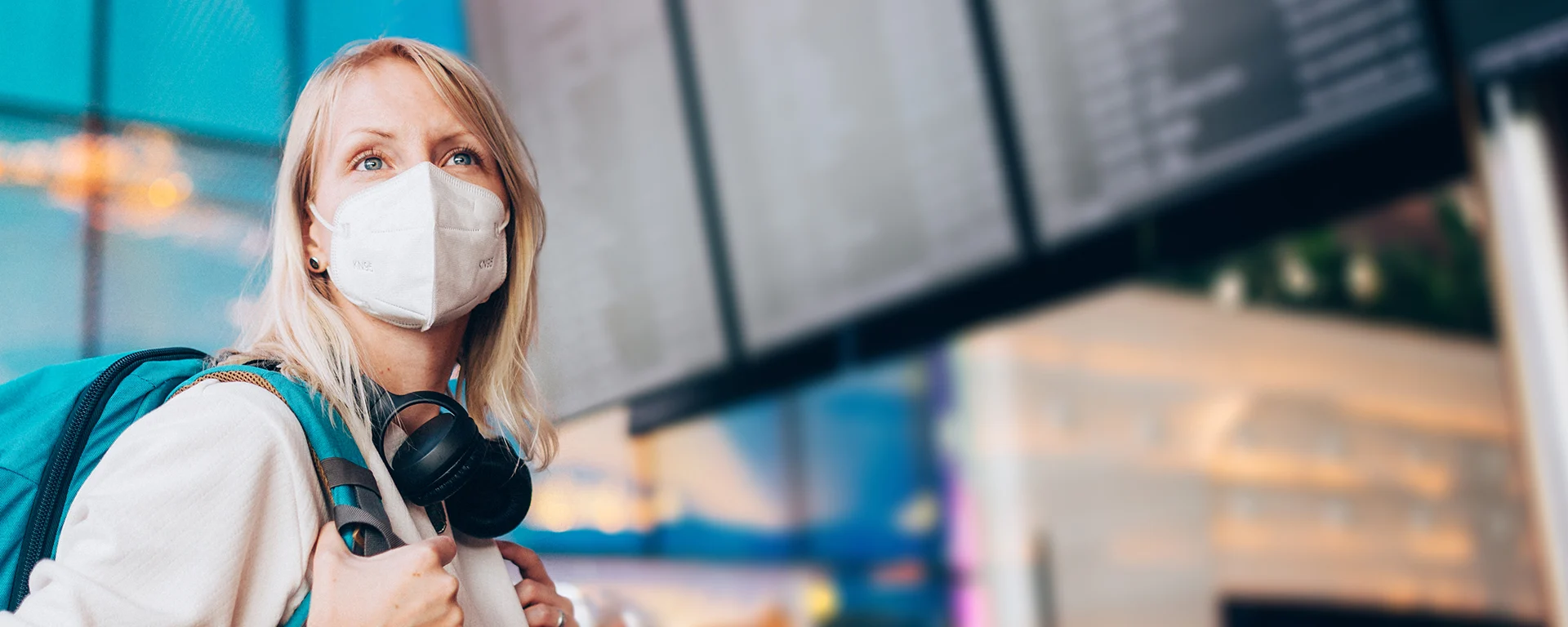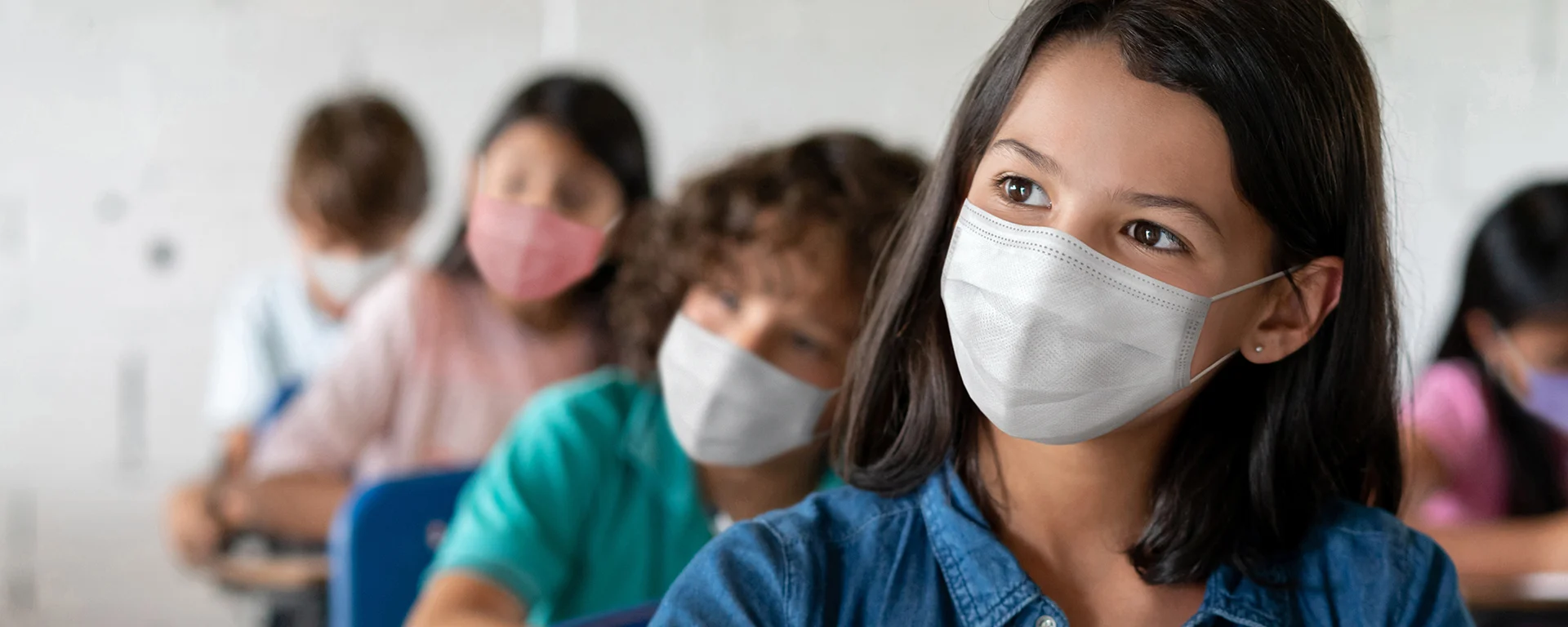Work More COVID-Safely — Service and Retail
Going to work in a customer-facing job during a surge can be scary. Here’s how to tell whether your workplace has a lot of COVID-19 risk — and how to keep yourself as safe as you can.
December 2022: Whenever you test yourself for COVID at home — whether you’re positive or negative — you should report your result. The results are kept private and anonymous. Every test that gets reported helps public health teams better understand where outbreaks are happening, so they can get help to people who need it.
At the start of the pandemic, restaurants, hotels, and other sectors of the hospitality industry shut down. Customers decreased their visits to retail stores. Sadly, with business significantly down, many employees were laid off. But two years later, that has all changed, and the service and hospitality industries are returning to normal levels of activity. However, COVID-19 can still be a concern for staff, who have to interact with the general public. If you work in these industries, there are steps you can take to reduce your chances of catching COVID-19.
Understanding Your Risk
Where you work and what you do day-to-day impact the risk of you catching COVID-19 at your workplace, such as:
Level of virus in the community – This is the most important factor. If there is a lot of virus in your community, it’s more likely that one of your customers or coworkers will be infected. You can check your county’s COVID-19 Community Level here.
Masking – If you, your coworkers, and your customers are all wearing masks, it’s much less likely that an infected person will spread the virus to you.
Ventilation – Clean air makes a huge difference. The virus is more likely to linger and spread around in places that have low ceilings and no good source of fresh air. For example, a small restaurant with an old air conditioner and no windows is riskier than an airy clothing store with high ceilings in a new building.
Number of close contacts – The more people you work with throughout the day, the more likely you’ll come into contact with at least one person who’s contagious.
How long the contact lasts – The more time you spend with an infected customer, the more likely you are to catch COVID-19 from them.
Protecting Yourself
Even if your workplace puts you at higher risk of being exposed to COVID-19, there are a few simple steps you can take to reduce your chances of becoming infected:
Get vaccinated – If you’re up to date on your COVID-19 vaccinations, you’re less likely to become infected, and much less likely to get seriously ill. Your employer should support your efforts to keep up with all of your vaccines.
Wear a high-quality mask –Even if other people aren’t wearing masks in your workplace, wearing one will still help keep you from getting infected. Higher-quality masks such as N95s or KN95s work the best, and the better they fit your face, the better they will work. Project N95 is a nonprofit that checks the quality of all of their products. Your employer can purchase masks in bulk there, too.
Limit contact with others if possible – While it may be difficult to avoid close contact, you can still try to reduce contact. Consider eating lunch in smaller groups or outside, if possible. And if you can, limit how long you spend very close to each customer, especially unmasked.
Practice good hygiene – Although COVID-19 rarely spreads through surfaces, washing your hands helps reduce the chance that other viruses will infect you.
Finally, you can encourage your employer to put more anti-COVID policies in place, including regular testing of employees to reduce the risk of an outbreak. A good place for them to start is WhenToTest’s Workplace Testing Planner, which can guide employers on how to set up a testing program that works well for their business.






